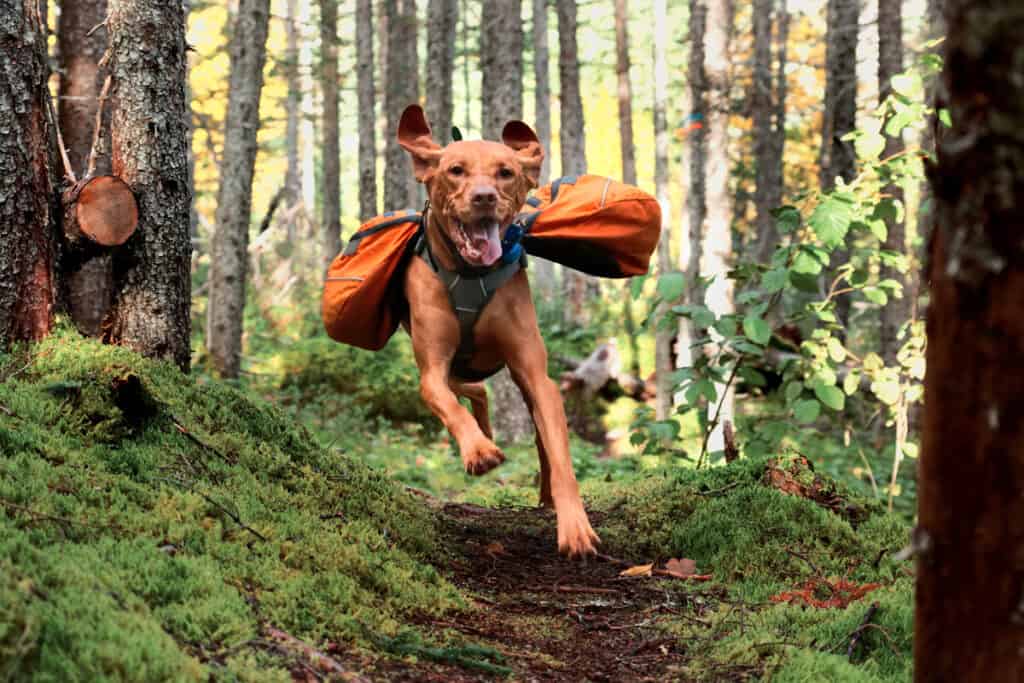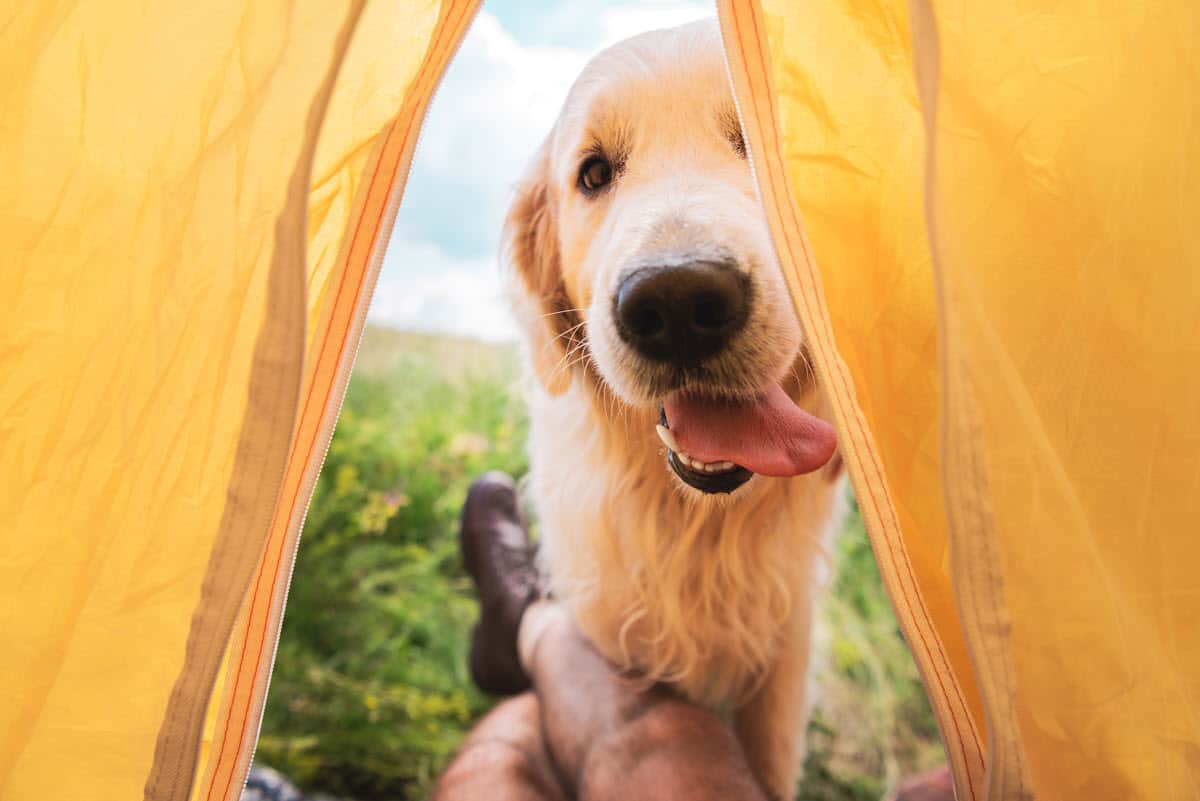Taking your canine companion camping can create unforgettable memories, but success requires careful planning and preparation. This comprehensive guide will help ensure you and your four-legged friend have a safe and enjoyable outdoor adventure.
Pre-Trip Preparation
Before heading into the wilderness:
- Schedule a veterinary check-up to ensure your dog is healthy enough for outdoor adventure.
- Update all vaccinations, particularly rabies and Bordetella, as campgrounds often require these.
- Verify that your dog’s microchip information is current and their ID tags include your current contact information.
Training Considerations:
Start with backyard camping sessions to acclimate your dog to tent life. Practice basic commands and leash manners, which become crucial in a campground setting. Work on recall commands and “quiet” cues to manage potential barking issues.

Essential Equipment and Comfort
Your dog’s camping kit should include both safety and comfort items. Pack a comprehensive first aid kit for dogs, including any prescribed medications. LED collar lights and reflective gear become essential for nighttime visibility and safety.
For sleeping arrangements, provide your dog with a bed or sleeping pad—this helps maintain warmth and protects your tent floor. Consider the season and pack appropriate weather protection gear, including cooling vests for summer and insulated jackets for colder weather.
Campsite Setup and Management
Selecting a suitable campsite is crucial for a positive experience. Choose a location that offers natural shade and protection from wind. Create a designated dog area within your site using a stake-out system or zip line, allowing your pet some freedom while maintaining control.
Site Organization Tips:
- Position your dog’s area within sight of common gathering spaces.
- Establish clear boundaries for your pet.
- Create separate zones for eating, sleeping, and bathroom breaks.
- Maintain distance from neighboring campsites.
Safety and Environmental Awareness
Always follow leash requirements and keep your dog secured, especially in unfamiliar surroundings. Monitor the weather and watch for signs of overheating or cold stress in your pet. Maintain regular hydration schedules, particularly during warm weather or high-activity periods.
Daily Routines and Activities
Establish and maintain regular routines for feeding, exercise, and rest periods. Plan activities appropriate for your dog’s fitness level and the weather conditions. Remember that camping can be more physically demanding than your dog’s established routine, so include plenty of rest breaks.
Managing Common Challenges
Nighttime barking can be a significant issue in campgrounds. Help prevent this by:
- Exercising your dog thoroughly during the day.
- Creating a comfortable sleeping environment.
- Using familiar bedding and toys.
- Maintaining regular feeding and bathroom schedules.
Weather Considerations
Different seasons present unique challenges when camping with dogs. In summer, focus on preventing overheating and providing adequate shade and water. During winter camping, protect your dog from cold temperatures with appropriate gear and limited exposure to harsh conditions.
Conclusion
Successful camping with your dog requires patience, preparation, and flexibility. By following these guidelines and maintaining awareness of your dog’s needs, you can create an enjoyable outdoor experience for you and your furry companion.

Leave a Reply